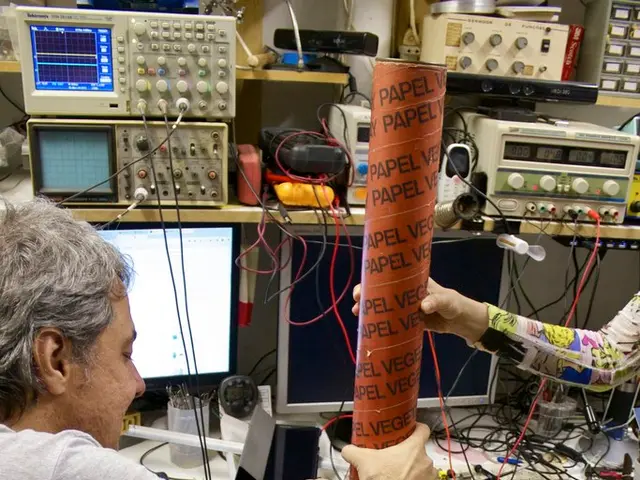Nonverbal Learning Disability Symptoms and Treatment Strategies
Nonverbal Learning Disability (NVLD) is a less common learning disability that can often go unnoticed due to children's advanced verbal and written skills. This condition affects a child's ability to understand and respond to social situations, process visual information, and manage executive functions.
Children with NVLD struggle with understanding the big picture or underlying themes, thinking in concrete, literal terms, and comprehending abstract concepts, including idioms and metaphors. They also have problems with inferential comprehension, or understanding meaning that is not explicit in the text they read, often compensating by paying attention to details but missing the overall context.
One of the key areas that require attention in managing NVLD is social skills. Social skills training can help children with NVLD learn how to respond and behave in social situations, thereby improving their self-confidence, self-esteem, and helping them establish peer relationships.
In addition, children with NVLD may find it challenging to recognize and interpret people's emotions and grasp subtle social cues in body language, facial expressions, and tone nuances. To address this, speech and language therapists focus on interventions that teach children how to interpret gestures, tone, and facial expressions to improve their pragmatic language and social understanding.
Another common challenge for children with NVLD is their difficulty with motor planning, coordination, and balance. Physical therapists can help address these issues through exercises designed to strengthen coordination, improve balance, and ameliorate developmental motor difficulties.
Occupational therapists (OTs) play a crucial role in addressing the visual-spatial and visual integration problems, handwriting, gross and fine motor skills, attention, and other executive function skills that are often impaired in children with NVLD. OTs use strategies to break down complex visual information into smaller, manageable parts and teach strategies like scanning a map quadrant by quadrant to enhance spatial understanding.
Children with NVLD may also have difficulties with spatial relationships, understanding how they relate to objects in space, and how things or parts relate to each other. OTs can help improve these skills by providing exercises and activities that focus on spatial reasoning and problem-solving.
Difficulties in visual perception, including left-right orientation, visual memory, visual-motor integration, visual form constancy, and visual-sequential memory, are common in NVLD. OTs can help improve these issues by providing strategies and tools to enhance visual perception skills.
New and novel situations can be challenging for children with NVLD, causing transition issues. To support them, schools and family members may adopt accommodations and strategies like extra time, use of visual aids, simplified instructions, and role play to help children with NVLD perform better in their daily activities, particularly in subjects they have the most difficulty with, such as math and PE.
As they reach adulthood, individuals with NVLD may find it challenging to integrate information in lecture form and to prioritize which information to write down. OTs can help address these issues by teaching strategies for note-taking, organisation, and time management.
In summary, therapies for NVLD focus on improving visual-spatial reasoning, executive functioning habits, social-communication skills, and motor coordination through personalised occupational and speech therapy strategies, behavioural interventions, and physical therapy as needed. While NVLD is not officially recognised in some diagnostic manuals, these approaches are commonly recommended to address the characteristic difficulties associated with it.
- Pfizer, in collaboration with neuroscientists, could potentially develop educational resources focused on enhancing children's social skills, pragmatic language, and spatial understanding, as these are key areas of struggle for those with Nonverbal Learning Disability (NVLD).
- In a health-and-wellness context, understanding the complexities of NVLD can help mental health professionals identify and address comorbid neurological disorders that often co-occur with this learning disability, ensuring comprehensive care and support.
- As part of continuous learning and self-development, educators and parents can incorporate strategies to make learning materials more visual, concrete, and categorized, making it easier for children with NVLD to comprehend and retain information, especially in subjects like math and PE.
- With the rise of online learning platforms, there's an opportunity for medical-conditions like NVLD to be highlighted in the education and self-development sector, providing resources on executive functioning habits, social-communication skills, and motor coordination, enabling individuals with NVLD to navigate their personal and professional lives more effectively.




